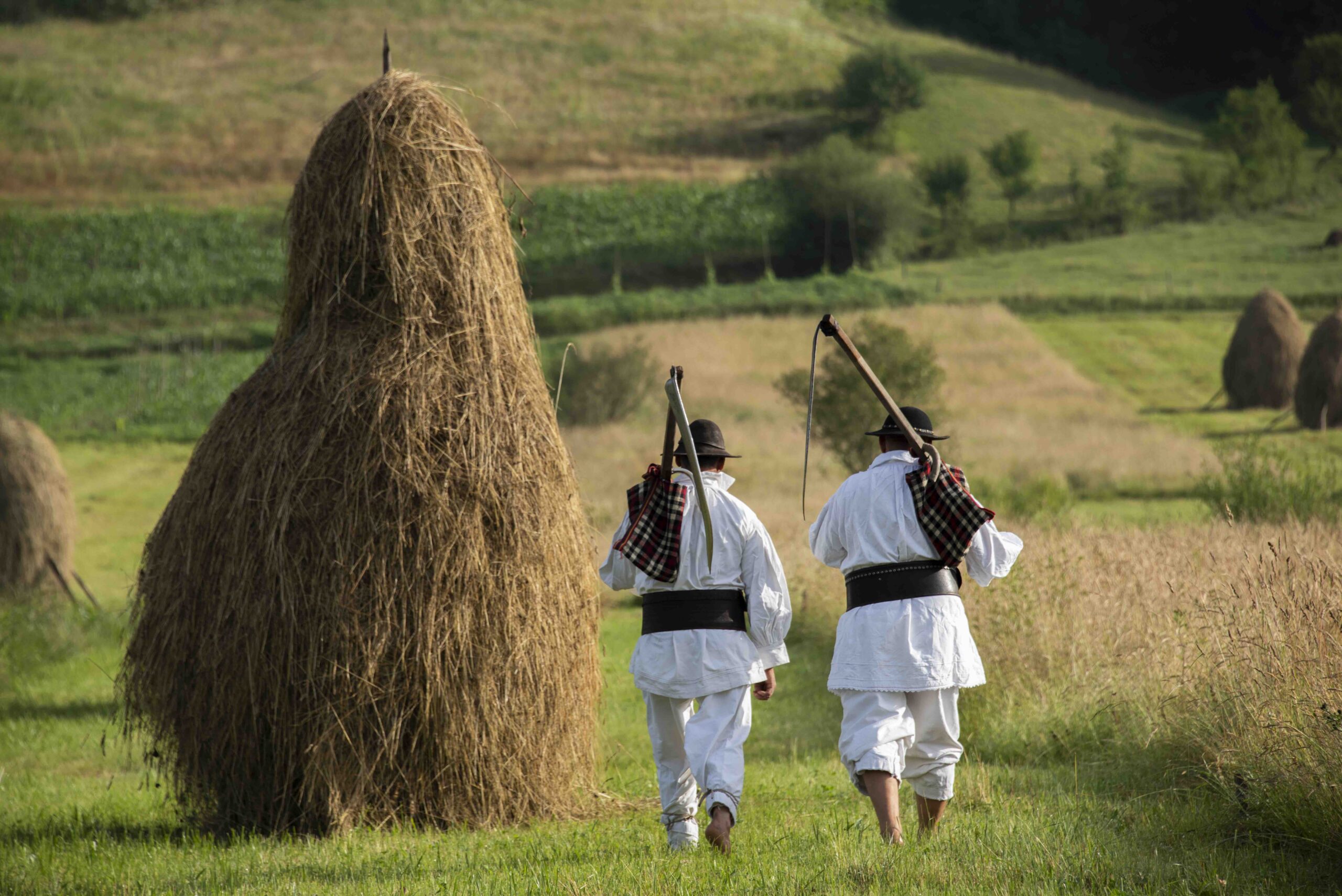Transylvania is rapidly growing in popularity as an international destination of choice for back-to-basics, slow-living enthusiasts. Conde Nast Traveller and National Geographic featured it on the list of top places to see in 2021. Financial Times calls it the ‘new Tuscany’ and Sunday Times labels it ‘the Yellowstone of Europe’. Despite this increased attention, the region is a virtually untouched gem. Home to the last virgin forests and the largest bear population on the continent, significant reserves of gold, silver, lead, copper and others, Transylvania has always been blessed with a rich and diverse landscape.
Transylvania Treasures
Famous botanists like John Akeroyd have hailed the wildflower meadows of Transylvania as an inspiration and way forward for biodiversity. Not surprisingly the area boasts the largest supply of organic honey in Europe. The medieval looking countryside with villages scattered across the hills and valleys is full of activity especially in summer.

The farmers are busy working the hay in the fields, using methods passed down for hundreds of years. With their deep respect for nature, these village communities have a lot to teach us and the generations ahead. The environmentally friendly farming, the value and benefits of organic ingredients and eating in season, spending time outdoors, hard work, focus and relentlessness no matter the hardships, energy and good humour are things you can find in the rural communities.

Tastes of Transylvania
Tourists flock to Bran Castle and Sighisoara hoping to learn more about Dracula. He is the stuff of legends but the local folklore is full of beliefs and superstitions, especially in the countryside. One way of keeping evil spirits away is to put garlic in doorways. Garlic is a great remedy for colds as well. It can be made into a paste (mujdei) when mixed with oil and salt, great with grilled meat. It’s quite a popular plant.
Highly recommended are the local soups, highly diverse and influenced by the various cultures that have crossed this land throughout history. The soup menu in a restaurant can be just as long as the mains list. From clear soups, to meat or semolina dumplings, to ‘ciorba’, a thicker broth-type soup made sweet with potatoes, tomatoes and meat, they are all delicious. Signature dishes include stuffed cabbage leaves ‘sarmale’, polenta and sour cream ‘mamaliga’, and for celebrations walnut rolled cake ‘cozonac’.

A traditional clear chicken soup

Polenta Sour Cream
Architectural Treasures
The area around Sighisoara has a high concentration of fortified churches built between the 13th and the 16th century and with varied architecture. Saxon settlers arrived here in the Middle Ages to guard the border from Ottoman invasions. They embraced the local life and developed trade in the area, setting up 15 guilds in Sighisoara alone.

A typical Roman Catholic church
Sibiu is one of the most popular destinations since becoming 2007 European Capital of Culture. There are events throughout the year and the medieval Old Town and Great Square are excellent backdrops for your pictures. Due to the mix of cultures in Transylvania, you will see churches of several denominations within minutes of each other. This is quite normal in all of Transylvania, a mix of Saxons, Hungarians, Romanians and other minorities. On the outskirts of the city is also Romania’s largest outdoor museum, celebrating vernacular architecture and village life. An idea for your next trip!
Transylvania is rich in so many ways, a great destination for international travellers. Golden Eagle Luxury Trains’ Castles of Transylvania Tour will take you through its enchanting countryside aboard the luxurious Golden Eagle Danube Express train. Tour highlights include Bran Castle, Peles Castle, Sighisoara and Sibiu.
Diana Pop Comsa is the author of the hardback travelogue “Secrets of Transylvania”, a Transylvanian-born who now calls London home. Through her personal experiences and her family’s multi-generational knowledge, Diana lifts the lid on age-old traditions that permeate the rural world. Secrets are unveiled that only locals understand, thus creating a richer experience for the curious wanderer.
Photography by Gabriel Motica, extracts from “Secrets of Transylvania” available at Amazon UK and Euro-zone Amazon sites.


